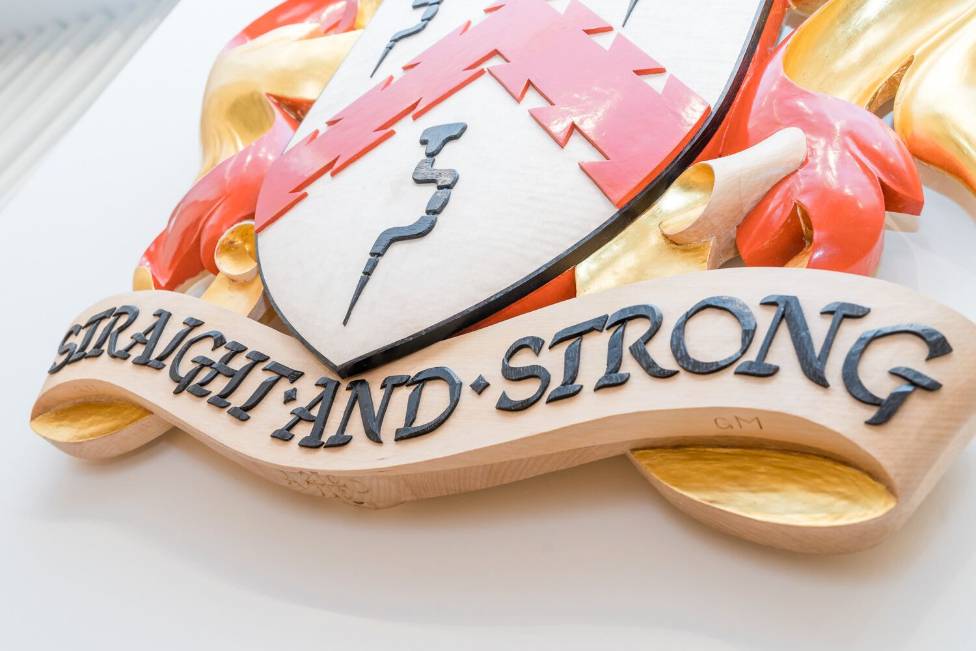New Beginnings
History of the Charity
In 1903 King Edward VII was on the throne, there was no NHS, the school leaving age was 12 and most homes only had an outside toilet.
Furniture manufacturing was a large industry but then, as now, people became ill and could not work, or found themselves in financial difficulties.
The Furniture Trades Provident and Benevolent Institution was founded on Tuesday 10 February 1903 – less than a kilometre from where it is currently based.
The original objectives were “to grant pecuniary assistance to members when in sickness or necessitous circumstance and to found an orphanage for fatherless children of members”.

Accordingly, in 1905 the first cottage for orphans was opened. In 1911 the name was changed to the Furnishing Trades Benevolent Association (the FTBA). The number of residents rose swiftly over the following years and in 1921 Radlett House in Highgate was purchased and converted to accommodate the growing number of children. In anticipation of the outbreak of war in 1939, the children were moved to a new residence called Stone Court in St Leonards on Sea in Sussex. This large house had four acres of gardens for the children to enjoy.
However, it soon became apparent that it would be necessary to place the children in a safer location and they were temporarily evacuated to various private homes in the Bedford area. In 1940 the FTBA was offered a property at Aspley Guise in Bedfordshire, another large house with extensive grounds, and in December the children were reunited in their new home. The new residence was named Radlett House after its predecessor, the original Radlett House, having been leased to Middlesex County Council.
The council eventually bought the property in 1982. The 1945 FTBA annual report states that boys and girls between the age of five and 15 and a half could be accepted into the home at Aspley Guise. At the end of their residency they would then be placed in suitable employment unless special circumstances dictated that they should remain at the home for an extended period. The younger children attended the school at Aspley Heath, while the older ones attended the Harpur Trust Central School in Bedford, the Cedars Grammar School in Leighton Buzzard or the Technical School in Bletchley.
Apprentice allowances were granted to some former residents to maintain them during the beginning of their careers. The objective of providing childcare for children in need continued in the post-war years when the type of care changed to provide more integration with the local community and the scope expanded to provide care for children from many different backgrounds. However, the number of resident children at Radlett House slowly declined and in 1963, with only six children remaining, the home was closed.
The last six children were transferred to the Royal Alexandra and Albert School in Reigate. In 2010, in response to the demands of the new century, the charity changed its name from the FTBA to the Furnishing Industry Trust (FIT).
In 2013 the FIT merged with City of London livery company which has enabled a significant extension of the range and scale of our charitable activities.
In 2016 founder of DFS, the Lord Kirkham CVO, was named charity president and continues to be a great supporter of the organisation.